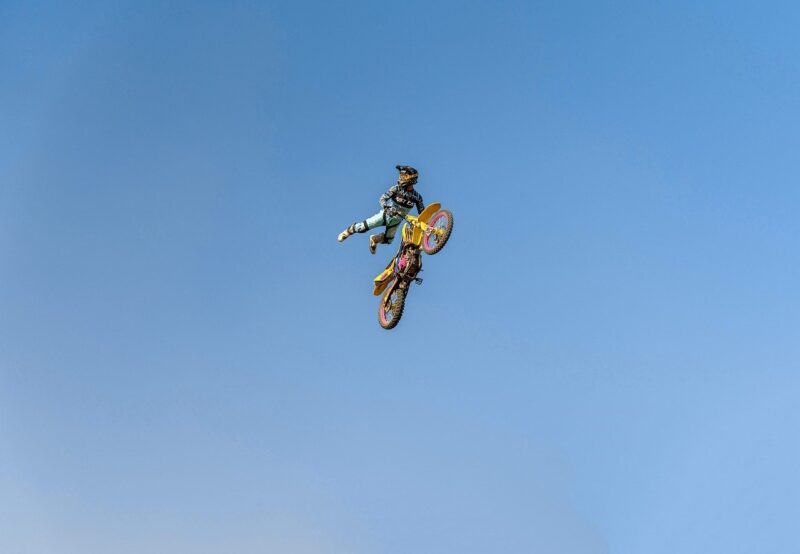
Sports have always been a mirror to society, showcasing not just the physical prowess of athletes but also the creativity and sometimes absurdity of human culture. While mainstream sports have maintained their foothold over decades, there have been numerous offbeat and odd leagues that have tried to capture the imagination of fans – often without success. In this article, we explore some of the weirdest sports leagues ever created, their unique attributes, and the reasons for their short-lived existence.
1. The Lingerie Football League
Established in 2009, the Lingerie Football League (now known as the Legends Football League) was promoted as an alternative to traditional football, featuring female athletes clad in lingerie instead of standard football uniforms. The league attempted to blend sports with a raunchy entertainment twist, hoping to attract viewers through a mix of athleticism and provocative presentation.
While it garnered a cult following, the Lingerie Football League faced severe criticism, particularly for its objectification of female athletes. The league found it challenging to reach mainstream acceptance and struggled with issues surrounding player safety and professionalism. By 2017, the league finally decided to transition away from its controversial branding, ultimately leading to its decline in popularity. The attempt to commodify sports culture through titillation proved to be a gamble that failed to pay off.
2. Extreme Ironing
Extreme ironing is an unusual combination of a mundane chore and extreme sports, where participants take ironing boards to unique and often extreme locations, such as mountain tops or underwater. Founded in the UK in the late 1990s, this quirky sport became both a challenge and a form of performance art, with individuals fusing domestic tasks into breathtaking settings.
Despite the creativity that fueled the sport, extreme ironing struggled to find a large audience. The quirky nature of the league didn’t translate well into sustainable events or competitive formats, leading to its eventual decline. The novelty wore off quickly, making it more of a viral internet sensation than a viable sports league.
3. Quidditch Leagues
Inspired by J.K. Rowling’s Harry Potter series, quidditch is played on broomsticks, although modifications allow players to run around holding a broom between their legs. The Muggle version of quidditch began to rise in popularity around the mid-2000s, spawning numerous amateur leagues across universities and communities worldwide.
Despite its imaginative premise, quidditch faced challenges in establishing itself as a legitimate sport. Safety issues arose due to the nature of the game that often resulted in injuries, while many found the rules convoluted and were put off by the requirement of identifying with their favorite fictional characters. As a result, while some quidditch leagues still exist, many have struggled with longevity and sustainability.
4. Cheese Rolling
In Gloucestershire, England, cheese rolling is an annual event where participants chase a large round of cheese down a steep hill. While this seemingly informal event attracts thousands of spectators, it operates as more of a tradition than a sports league. It has gained international recognition, with participants often getting injured due to the nature of the chase.
Although cheese rolling continues to bring people together with its rustic charm, it lacks a formal structure like that of traditional leagues. The chaos of the event and the potential for injury call into question the sustainability of organizing cheese rolling as a recurrent competitive sport, resulting in its status as a beloved spectacle rather than a league.
5. Underwater Pumpkin Carving Championships
This bizarre league combines diving with the artistry of pumpkin carving, where competitors descend into water with pumpkins and carving tools to create the best designs. The annual championship has been held in Washington state for years, and while it showcases the combination of creativity and diving skills, it faced trouble developing a broader audience.
The challenge of attracting participants and viewers stems from the niche nature of the event, making it difficult to sustain interest. After a few years of novelty, the underwater pumpkin carving championship remains a small local tradition devoid of the traction needed to evolve into a stable league.
6. Dog Dancing Competitions
Dog dancing, or canine freestyle, involves choreographed routines performed by dogs and their trainers, who encourage them through dance and music. While this dog sport has seen some popularity at exhibitions and festivals, organizations have struggled to form fully-fledged competitive leagues, as most interest is more often seen in local clubs and events.
The specificity of dog dancing, while charming, has faced significant challenges in gaining legitimacy within the broader sports community. Issues surrounding training, skill levels, and animal welfare have resulted in a lack of standardization, often limiting its ability to grow into a proper league.
7. The World Toe Wrestling Championships
Toe wrestling, a quirky sport originating in England, pits competitors against each other in battles to pin down the opponent’s toes. It attempts to capture the absurdity of human competition, but ultimately, it lacks the spectator appeal needed for long-term success. While the championships were occasionally held in pubs and attracted curious onlookers, serious injuries and the oddity of the sport have kept it from gaining traction.
Despite the good-natured spirit surrounding toe wrestling, it remains primarily a novelty event rather than a sustainable league, limiting its ability to grow into a recognized sporting circuit.
Conclusion
The sports leagues discussed above represent the whimsical side of athletic competition, showcasing how creativity can lead to the establishment of bizarre leagues. However, they also illustrate the struggle between novelty and sustainability, revealing that while unique ideas can capture public imagination, they require more than just quirkiness to last in an increasingly competitive sports landscape. The combination of safety concerns, audience appeal, and organizational structure has proven to be pivotal in the eventual fates of these leagues.
While many of these leagues continue to exist in some form, their struggles highlight an essential truth: the imagination behind their creation doesn’t always correlate with their longevity. As we continue to explore the frontiers of sports, it will be fascinating to see what other unique ideas emerge from the collective human experience.








